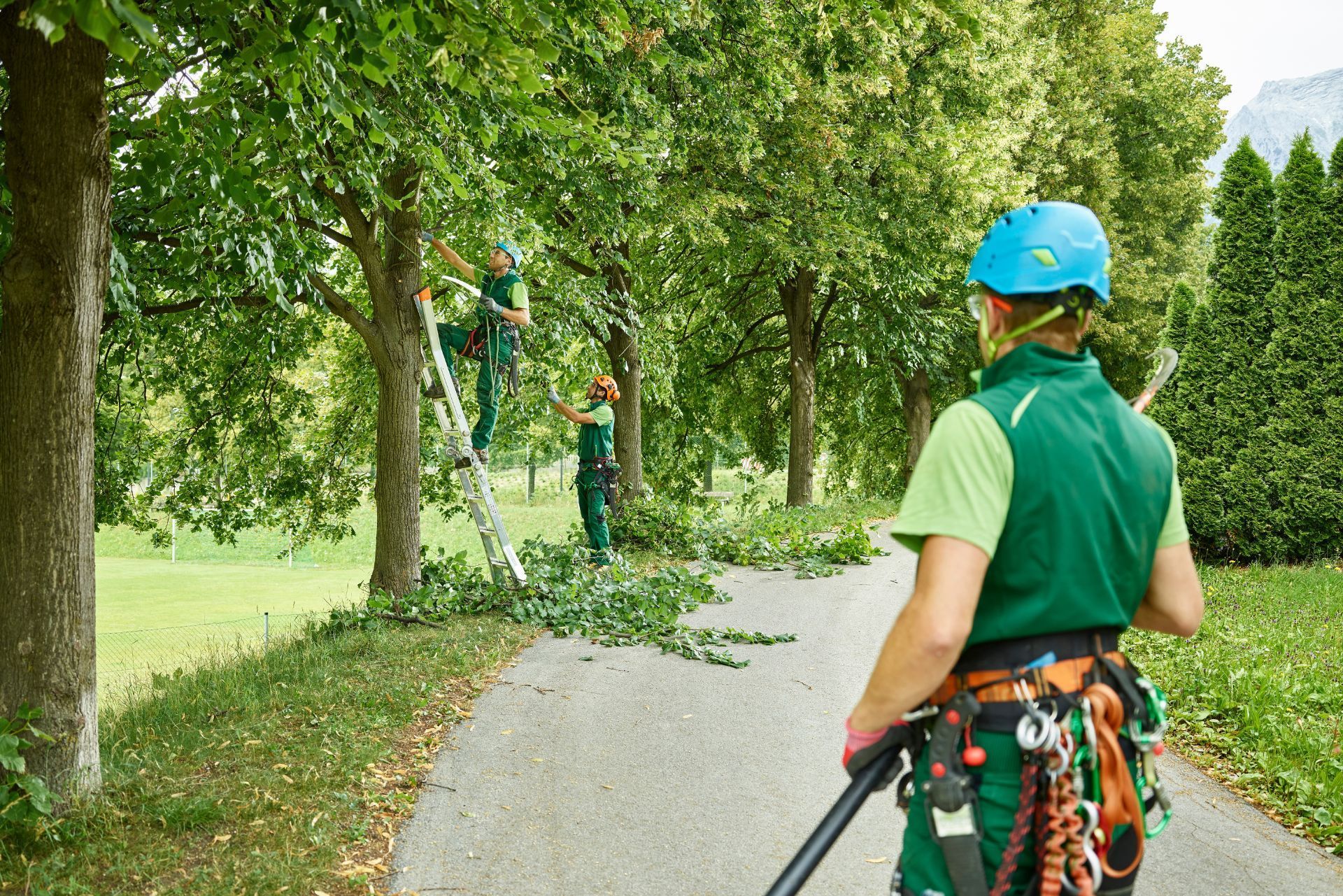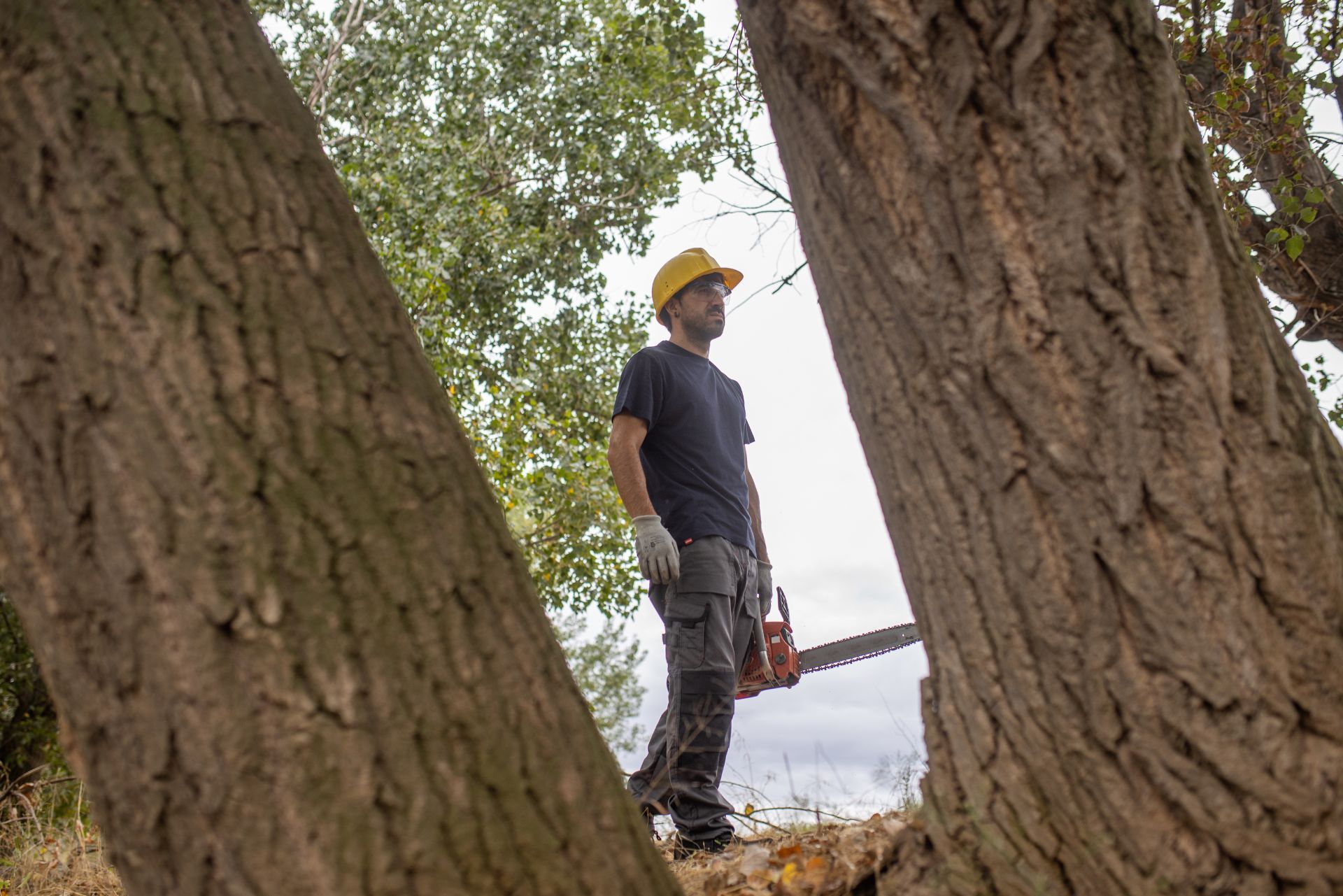Top 3 Recommended Policies

In the vibrant and diverse landscape of Florida, arborists play a crucial role in maintaining the health and beauty of trees. However, the nature of this profession comes with its own set of risks. Arborists face potential liabilities, accidents, and property damage while working with trees. Therefore, having the right insurance coverage is essential. This article delves into the various aspects of Florida arborists insurance, providing everything you need to know to protect your business and livelihood.
Understanding Arborists Insurance
Arborists insurance is a specialized type of coverage designed to protect professionals in the tree care industry. This insurance addresses the unique risks associated with tree trimming, removal, and maintenance. Arborists often work with heavy equipment, climb tall trees, and operate in unpredictable environments, making insurance a necessity.
Types of Coverage
There are several types of insurance coverage that arborists should consider. Each type serves a specific purpose and helps mitigate different risks associated with the profession.
- General Liability Insurance: This is the most fundamental coverage for any business. It protects arborists from claims related to bodily injury or property damage that may occur during their work.
- Workers' Compensation Insurance: If an employee is injured on the job, this insurance covers medical expenses and lost wages, ensuring that workers are protected while they perform their duties.
- Commercial Auto Insurance: Arborists often use vehicles to transport equipment and personnel. This coverage protects against accidents and damages that may occur while driving for business purposes.
Why Arborists Need Specialized Insurance
While general liability insurance is essential for many businesses, arborists face unique challenges that necessitate specialized coverage. For instance, the use of chainsaws and aerial lifts can lead to severe injuries or accidents. Additionally, the risk of falling branches or equipment failure can result in significant property damage.
Specialized arborists insurance not only provides coverage for these specific risks but also includes features tailored to the industry, such as coverage for equipment breakdowns and tree removal operations. This ensures that arborists can focus on their work without the constant worry of potential financial repercussions from accidents.
Moreover, arborists often engage in complex projects that require meticulous planning and execution. For example, when dealing with large or hazardous trees, they must assess the surrounding environment, consider wind conditions, and utilize advanced rigging techniques. Specialized insurance can provide coverage for any unforeseen incidents that may arise during these intricate operations, giving arborists peace of mind as they navigate challenging job sites.
Additionally, arborists insurance can also cover liability related to environmental damage. Trees play a crucial role in maintaining ecological balance, and improper handling can lead to adverse effects on local wildlife or plant life. By having the right insurance, arborists can ensure they are not held liable for unintended consequences, allowing them to perform their work with confidence and responsibility towards the environment.

Factors Influencing Insurance Costs
The cost of arborists insurance can vary significantly based on several factors. Understanding these factors can help arborists make informed decisions when selecting their coverage.
Business Size and Revenue
One of the primary factors influencing insurance costs is the size of the business and its overall revenue. Larger businesses with more employees and higher revenue may face higher premiums due to the increased risk associated with their operations. Conversely, smaller businesses may benefit from lower rates, but they still need to ensure adequate coverage. Additionally, the scope of services offered can also impact insurance costs; for instance, businesses that provide specialized services, such as tree removal in urban areas, may be subject to different risk assessments compared to those that focus solely on maintenance and care.
Location and Risk Exposure
The location of the business also plays a crucial role in determining insurance costs. In Florida, the prevalence of severe weather events, such as hurricanes and tropical storms, can increase the risk of property damage and accidents. Insurers may adjust premiums based on the specific risks associated with different regions within the state. Furthermore, urban areas may present unique challenges, such as working near power lines or heavy traffic, which can lead to higher insurance costs. Arborists operating in densely populated regions must account for these additional risks when evaluating their insurance needs.
Experience and Safety Record
Insurance providers often consider the experience level of the arborist and the company's safety record when determining rates. Arborists with a proven track record of safety and minimal claims history may qualify for lower premiums. In contrast, businesses with a history of accidents or claims may face higher costs. Moreover, ongoing training and certification in safety practices can further enhance an arborist's profile in the eyes of insurers. By investing in professional development and adhering to best practices, arborists not only improve their operational safety but may also unlock potential discounts on their insurance premiums, making it a win-win situation for both the business and the insurer.
Choosing the Right Insurance Provider
Selecting the right insurance provider is a critical step for arborists. A reliable insurer can make a significant difference in the level of support and coverage received. Here are some key considerations when choosing an insurance provider.
Research and Reviews
Before committing to an insurance provider, it is essential to conduct thorough research. Look for reviews and testimonials from other arborists to gauge the company's reputation. Online forums and industry associations can also provide valuable insights into the experiences of fellow professionals. Engaging with local arborist groups or attending industry conferences can further enhance your understanding of which insurers are favored in your area. Networking with peers can reveal firsthand accounts of claims experiences, policy nuances, and customer service interactions that may not be readily available online.
Coverage Options and Customization
Not all insurance providers offer the same coverage options. Arborists should seek out insurers that specialize in tree care and understand the unique risks involved. Additionally, the ability to customize coverage to fit specific business needs is crucial. A one-size-fits-all policy may not provide adequate protection. Consider the various types of coverage available, such as general liability, professional liability, and workers' compensation, and assess how each aligns with your operational risks. Some insurers may also offer additional endorsements or riders that can enhance your policy, such as coverage for equipment or tools, which can be invaluable for arborists who rely on specialized machinery.
Customer Service and Support
Effective customer service is essential in the insurance industry. Arborists should choose a provider that offers responsive support and guidance throughout the policy lifecycle. In the event of a claim, having a supportive insurer can make the process smoother and less stressful. It's beneficial to inquire about the claims process during your initial conversations with potential providers. Understanding how claims are handled, the average turnaround time, and the availability of dedicated claims representatives can provide peace of mind. Additionally, consider whether the insurer offers educational resources or risk management tools, as these can help you minimize risks and potentially lower your premiums over time. A proactive insurer that invests in your business's safety and success can be an invaluable partner in your arboriculture journey.
Common Insurance Claims for Arborists
Understanding the types of claims that arborists may encounter can help professionals prepare for potential issues. Here are some common claims that arise in the industry.
Bodily Injury Claims
Accidents can happen, even with the most experienced arborists. Bodily injury claims may arise if a worker is injured while performing tree care tasks. This can include injuries from falls, equipment malfunctions, or accidents involving chainsaws. Having adequate liability coverage can help protect against the financial repercussions of these claims. Furthermore, it is essential for arborists to implement rigorous safety protocols and training programs to minimize the risk of such incidents. Regular safety drills and the use of personal protective equipment (PPE) can significantly reduce the likelihood of injuries, fostering a safer work environment.
Property Damage Claims
While working on trees, there is always a risk of damaging nearby property. This could include damage to homes, vehicles, or landscaping. Property damage claims can be costly, and having the right insurance coverage ensures that arborists are protected from potential lawsuits. Additionally, arborists should conduct thorough site assessments before commencing work to identify any potential hazards or valuable property nearby. By communicating with property owners and establishing clear boundaries, arborists can mitigate risks and ensure that everyone is aware of the work being performed, which can help in preventing misunderstandings and disputes.
Equipment Damage or Theft
Arborists rely heavily on specialized equipment, such as chainsaws, chippers, and climbing gear. Equipment can be damaged during use or stolen from job sites. Insurance coverage for equipment can help arborists recover costs associated with repairs or replacements, allowing them to continue their work without significant financial strain. Moreover, investing in security measures, such as locking storage units or GPS tracking devices for high-value equipment, can deter theft and provide peace of mind. Regular maintenance checks can also prolong the life of equipment, reducing the likelihood of unexpected breakdowns and the subsequent need for costly repairs.
Tips for Reducing Insurance Premiums
While insurance is an essential expense for arborists, there are ways to reduce premiums without sacrificing coverage. Here are some tips to consider.
Implement Safety Training Programs
Investing in safety training for employees can significantly reduce the risk of accidents and claims. By fostering a culture of safety, arborists can demonstrate to insurers that they are proactive in minimizing risks, which may lead to lower premiums. Furthermore, regular safety drills and workshops not only keep employees informed about best practices but also empower them to take ownership of their safety and that of their colleagues. This proactive approach can enhance team morale and productivity, creating a win-win situation for both the business and its employees.
Bundle Insurance Policies
Many insurance providers offer discounts for bundling multiple policies. Arborists can save money by combining general liability, workers' compensation, and commercial auto insurance into a single package. This not only simplifies management but also often results in cost savings. Additionally, bundling can streamline communication with the insurer, making it easier to address any claims or issues that may arise. Arborists should also review their bundled policies regularly to ensure they are getting the best coverage for their needs and to take advantage of any new discounts that may become available.
Regular Equipment Maintenance
Maintaining equipment in good condition can reduce the likelihood of accidents and claims. Regular inspections and servicing can help identify potential issues before they become significant problems, ultimately leading to lower insurance costs. Keeping a detailed maintenance log can also provide evidence to insurers that the business is diligent about equipment upkeep, which may further reduce premiums. Moreover, investing in newer, safer equipment can not only enhance operational efficiency but also reduce the risk of breakdowns and accidents, contributing to a safer work environment.

The Importance of Reviewing Insurance Policies Regularly
As businesses grow and change, so do their insurance needs. Regularly reviewing insurance policies is vital to ensure that coverage remains adequate and relevant. Here are some reasons why periodic reviews are essential.
Changes in Business Operations
If an arborist expands their services or hires additional employees, their insurance needs may change. Regular reviews allow professionals to adjust their coverage accordingly, ensuring that they remain protected as their business evolves. For instance, if an arborist begins offering tree removal services in addition to tree trimming, the risk profile of the business shifts significantly. This change necessitates a review of liability coverage to ensure that it adequately addresses the potential hazards associated with more complex operations, such as equipment use and the risk of property damage during tree removal.
Shifts in Risk Exposure
External factors, such as changes in local regulations or increased competition, can affect risk exposure. By staying informed and reviewing policies regularly, arborists can adapt their coverage to address new challenges and protect their business effectively. For example, if new environmental regulations are enacted that require additional safety measures or certifications, arborists may need to update their policies to include coverage for these new compliance requirements. Additionally, as competition increases, the potential for disputes over service quality or pricing may rise, making it crucial to have adequate professional liability insurance in place.
Identifying Gaps in Coverage
Over time, policies may become outdated or fail to cover new risks. Regular reviews help identify any gaps in coverage that may have emerged, allowing arborists to make necessary adjustments and maintain comprehensive protection. This is particularly important in a field like arboriculture, where emerging technologies, such as drone surveying or advanced tree health diagnostics, may introduce new liabilities. By reviewing their policies, arborists can ensure they have the right endorsements and coverage limits to protect against risks associated with these innovative practices. Furthermore, as the business landscape evolves, so too do the insurance products available in the market. Regular reviews can also provide opportunities to explore better coverage options or more competitive pricing, ultimately benefiting the business's bottom line.
Conclusion
Florida arborists face unique challenges in their profession, making insurance an essential aspect of their business operations. Understanding the various types of coverage, factors influencing costs, and the importance of selecting the right provider can empower arborists to make informed decisions. By prioritizing safety, regularly reviewing policies, and staying informed about industry trends, arborists can protect themselves, their employees, and their businesses effectively.
Investing in the right insurance not only safeguards against potential risks but also provides peace of mind, allowing arborists to focus on what they do best—caring for the trees that enhance Florida's beautiful landscapes.
Contact Us


